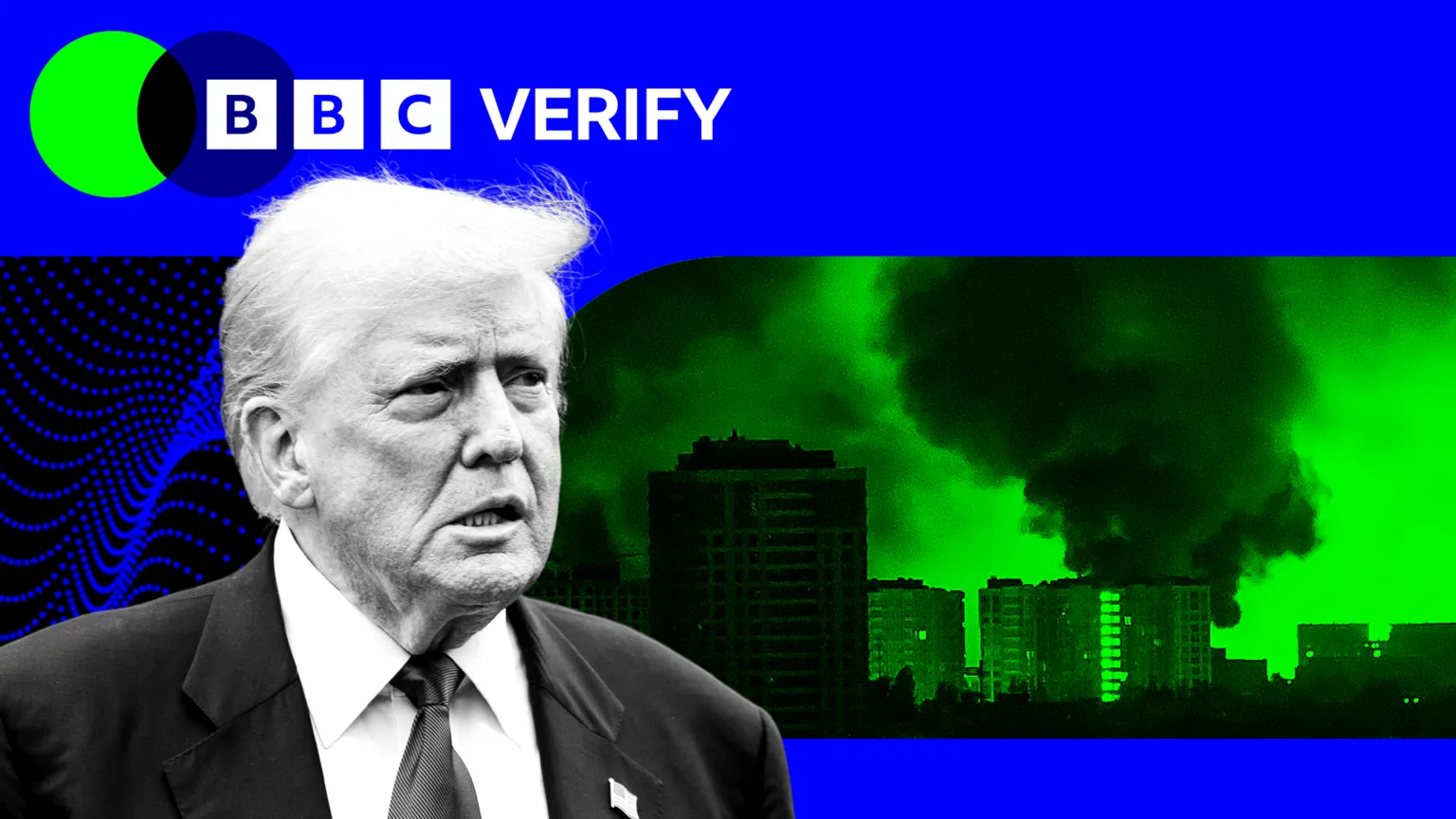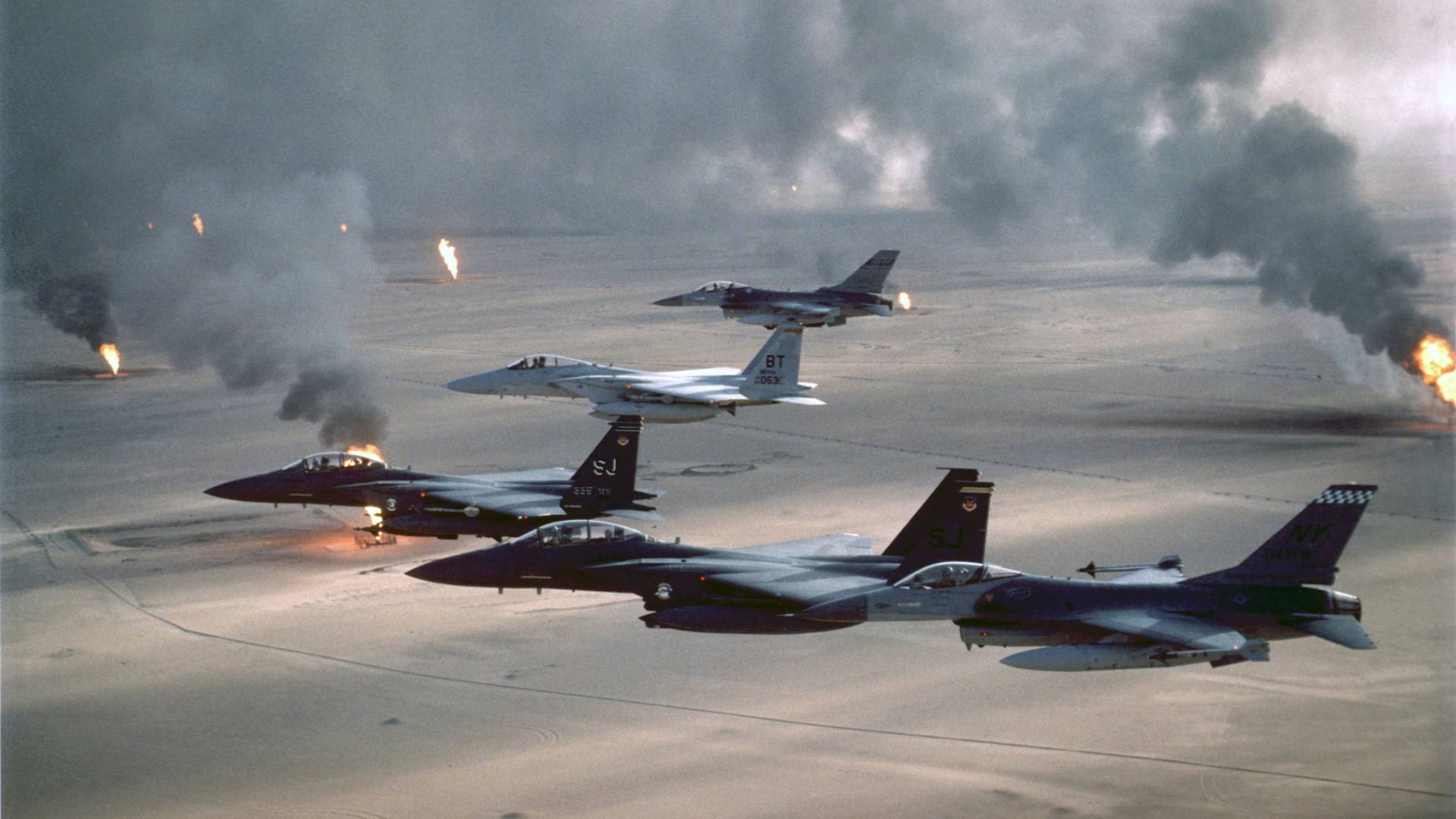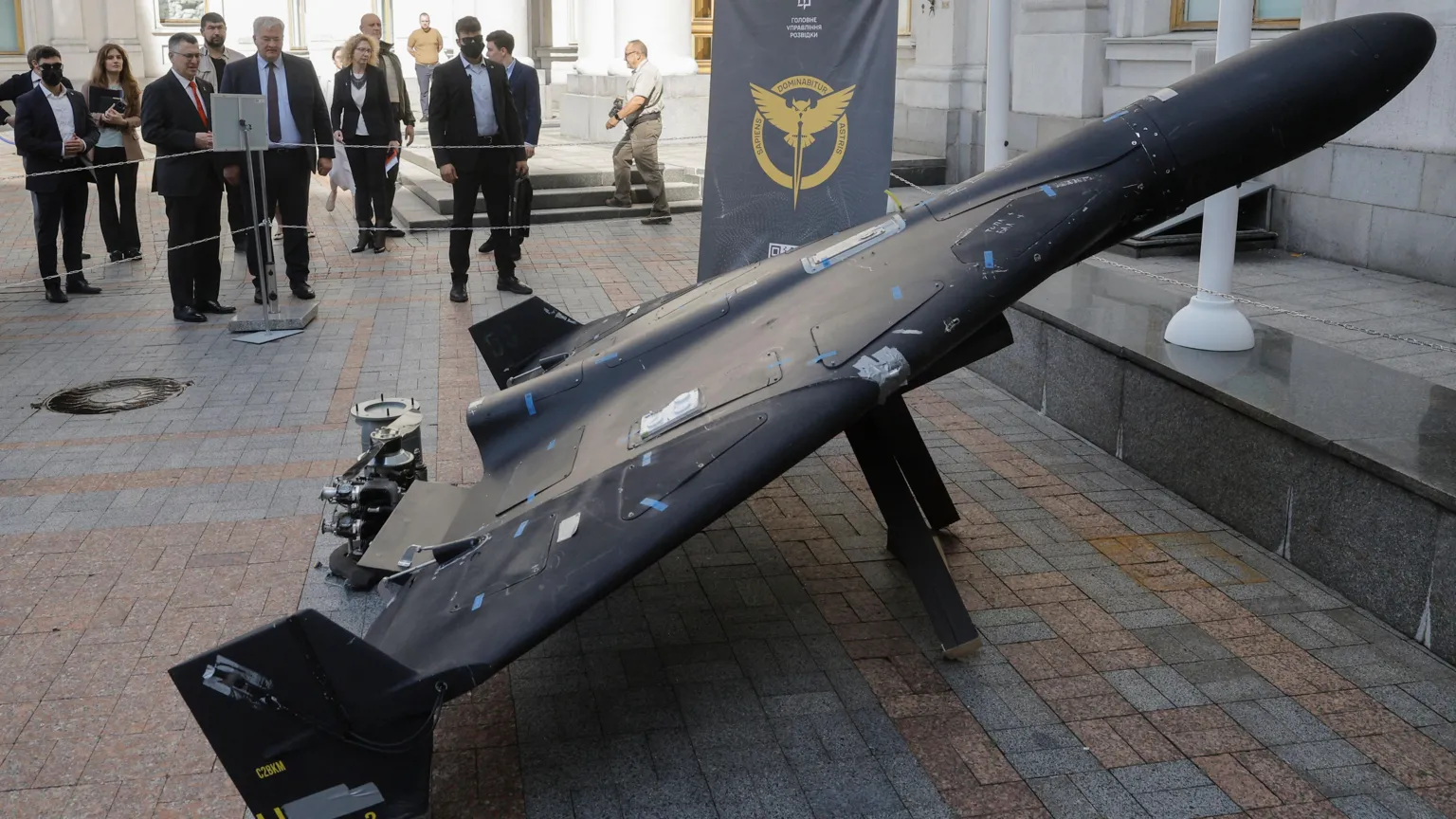
BBC Verify has found that Russia has more than doubled its aerial attacks on Ukraine since President Donald Trump took office in January 2025, despite his public calls for a ceasefire.
The number of missiles and drones fired by Moscow rose sharply after Trump’s election victory in November 2024 and has continued climbing throughout his presidency. Between 20 January and 19 July 2025, Russia launched 27,158 aerial munitions at Ukraine—more than twice the 11,614 recorded in the final six months under former President Joe Biden.
Campaign Promises vs. Escalating Reality
During his 2024 campaign, President Trump repeatedly pledged to end the Ukraine war “in one day” if elected, arguing that Russia’s full-scale invasion could have been avoided if a president the Kremlin “respected” had been in office.
Yet, despite his stated goal of peace, critics say Trump’s early presidency has sent mixed signals. His administration temporarily halted deliveries of air defense weapons and military aid to Ukraine in both March and July, though both pauses were later reversed. The interruptions coincided with a significant ramp-up in Russian missile and drone production.
According to Ukrainian military intelligence, Russian ballistic missile production increased by 66% over the past year. Geran-2 drones—Russian-made versions of Iranian Shahed drones—are now being manufactured at a rate of 170 per day at a massive new facility in Alabuga, which Russia claims is the world’s largest combat drone plant.
Peaks in Russian Attacks
The attacks peaked on 9 July 2025, when Ukraine’s Air Force reported 748 missiles and drones launched in a single day—resulting in at least two deaths and over a dozen injuries. Since Trump’s inauguration, Russia has launched more daily attacks than that July 9 record on 14 occasions.
Despite Trump’s vocal frustration—reportedly demanding after a major May assault, “What the hell happened to him [Putin]?”—the Kremlin has not slowed its offensive.

Diplomatic Efforts and Criticism
In early February, Secretary of State Marco Rubio led a US delegation to peace talks with Russian Foreign Minister Sergei Lavrov in Riyadh, which were followed by mediated discussions between Ukrainian and Russian officials in Turkey. These diplomatic overtures were initially accompanied by a temporary dip in Russian attacks, but they soon escalated again.
Critics argue the Trump administration’s inconsistent military support emboldened Moscow. Senator Chris Coons, a senior Democrat on the Senate Foreign Relations Committee, said:
“Putin feels emboldened by Trump’s weakness. His military has intensified strikes on civilian infrastructure—hospitals, the power grid, and maternity wards—with horrifying frequency.”
Coons emphasized that only a surge in Western security assistance could force Russia to consider a ceasefire seriously.
Ukraine’s Growing Vulnerability
Military analyst Justin Bronk of the Royal United Services Institute (RUSI) warned that delays and restrictions in US weapons supplies have left Ukraine increasingly vulnerable to aerial attacks. He added that Russia’s growing stockpile of ballistic missiles and kamikaze drones, combined with reductions in American interceptor missile deliveries, has enabled the Kremlin to escalate its campaign with devastating results.
Ukraine’s air defense systems, including the highly effective Patriot batteries, are running thin. Each Patriot system costs around $1 billion, and each missile nearly $4 million—resources Ukraine desperately needs but struggles to maintain. Trump has agreed to sell arms to NATO allies who are, in turn, sending some of those weapons to Kyiv, including possibly additional Patriot systems.
On the Ground: Fear and Exhaustion
For civilians, daily life under constant threat has become the new normal.
“Every night when I go to sleep, I wonder if I’ll wake up,” said journalist Dasha Volk in Kyiv, speaking to the BBC’s Ukrainecast.
“You hear explosions or missiles overhead, and you think—‘This is it.’”
Morale is wearing thin as air defenses are increasingly penetrated.
“People are tired. We know what we are fighting for, but after so many years, the exhaustion is real,” Volk added.
Conclusion: Uncertainty Ahead
As Russia continues to expand its drone and missile production—and as Ukraine’s air defense supplies are stretched to their limit—the future of the conflict remains uncertain. Trump’s administration faces increasing pressure to send a clearer, firmer signal to the Kremlin: that the West will not retreat, and peace cannot be achieved through appeasement or delay.
Whether that message is delivered—and received—may shape the next phase of this war.
Article Source:BBC
Post time: Aug-06-2025







